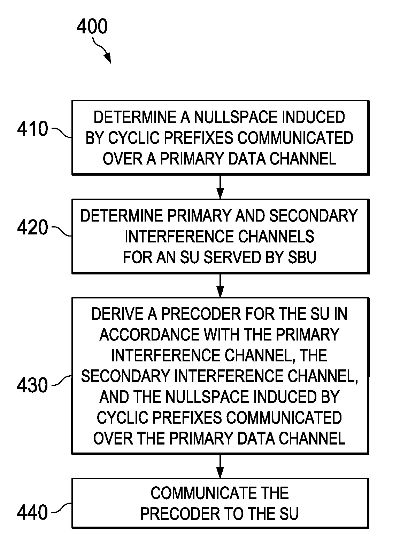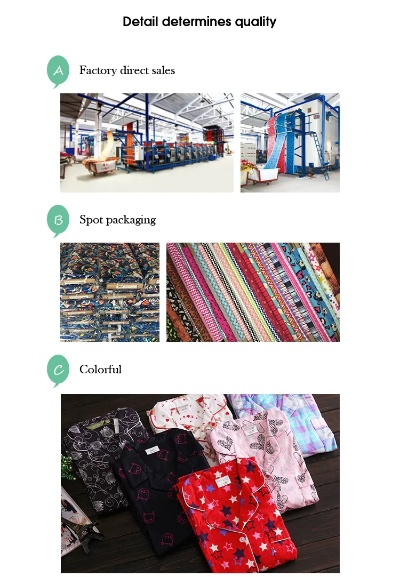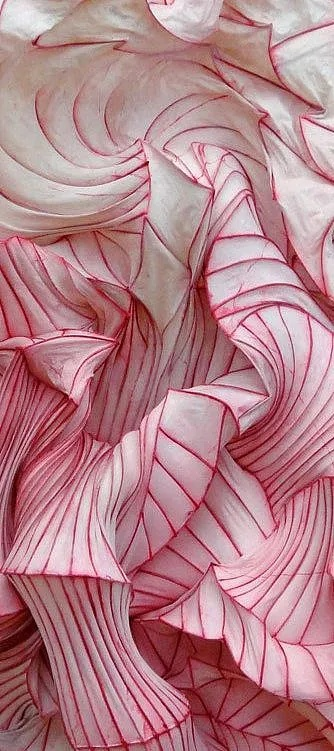The Evolution and Impact of Functional Textiles
Introduction: The textile industry is one of the most significant sectors in the global economy, with a vast array of products ranging from clothing to bedding. Over the years, functional textiles have emerged as an innovative trend that has not only revolutionized the way we dress but also improved the quality of life for millions worldwide. In this article, we will explore the development of functional textiles, their impact on society, and how they are shaping the future of fashion and sustainability.
Historical Perspective: The concept of functional textiles can be traced back to ancient civilizations, where textiles were used for practical purposes such as warmth, protection, and durability. However, it wasn't until the mid-20th century that functional textiles began to take off as a marketable category. This was driven by advances in technology and increased demand for eco-friendly materials. Today, functional textiles encompass a wide range of products, including antimicrobial fabrics, moisture-wicking clothes, and breathable materials that regulate temperature.
Technological Advancements: The growth of functional textiles has been fueled by advancements in technology, particularly in the field of bioengineering and nanotechnology. For example, researchers have developed microfibers that absorb and release fragrances, making them ideal for personal care products. Similarly, textiles engineered with silver nanoparticles have shown promise in fighting bacterial infections. These technological advancements have not only enhanced the functionality of textiles but have also opened up new opportunities for designers and manufacturers alike.
Impact on Society: Functional textiles have had a profound impact on society, both positive and negative. On the positive side, they have led to increased comfort and convenience for individuals, especially those with disabilities or allergies. For instance, moisture-wicking clothes help prevent overheating during hot weather or sweaty workouts. Additionally, functional textiles have contributed to the development of sustainable fashion, as they use less water and energy compared to traditional textiles.

On the negative side, there have been concerns about the environmental impact of producing these high-performance textiles. The production of some functional textiles requires non-biodegradable materials or processes that contribute to pollution. Moreover, the disposal of these materials can pose a threat to wildlife and marine ecosystems. To address these issues, there has been a growing focus on developing eco-friendly alternatives and promoting circular economy practices.
Case Studies: One such case study involves the development of eco-friendly bamboo fibers for outdoor apparel. Bamboo is a fast-growing plant that requires minimal water and pesticides, making it an ideal material for sustainable outdoor wear. By using bamboo fibers, brands like Patagonia have created products that are both stylish and environmentally friendly. Another notable case is the use of recycled polyester for creating high-quality sportswear. Recycled polyester reduces the need for petroleum-based synthetic materials, which are harmful to the environment and contribute to climate change.
Conclusion: In conclusion, functional textiles have come a long way since their inception, transforming the way we dress and live. From antimicrobial fabrics to moisture-wicking clothes, functional textiles have revolutionized the fashion industry and made our lives easier. However, as we continue to develop these technologies, it is important to consider the environmental impact and ensure that they are produced sustainably. Only through responsible consumption and production practices can we ensure that functional textiles continue to evolve while protecting our planet for future generations.
随着科技的飞速发展,功能性纺织品作为现代纺织工业的重要分支,其在服装、家居、医疗等领域的应用越来越广泛,功能性纺织品的发展不仅满足了人们对舒适、健康、环保等多方面需求,同时也推动了纺织行业的创新和升级,本文将围绕功能性纺织品的发展进行深入探讨。
功能性纺织品概述
功能性纺织品是指具有特定功能或性能的纺织材料,如抗静电、抗菌、吸湿排汗、防紫外线等,它们通常采用高科技纤维和特殊工艺技术制成,具有优异的透气性、舒适性、耐用性等特点,在当今社会,功能性纺织品已经成为时尚界的新宠,广泛应用于服装、家居、医疗等领域。
功能性纺织品的发展历程
-
早期发展阶段(历史回顾): 在过去的几十年里,功能性纺织品经历了从无到有、从小到大的发展历程,随着科技的进步和人们对舒适、健康、环保等多方面需求的提高,功能性纺织品逐渐成为纺织行业的新热点。
-
当前发展现状: 功能性纺织品已经广泛应用于各种领域,如服装、家居、医疗等,随着人们对舒适性和健康性的要求不断提高,功能性纺织品的种类和功能也在不断丰富和扩展,功能性纺织品的生产技术和工艺也在不断进步,推动了其品质和性能的提升。

功能性纺织品的主要发展趋势
-
高科技纤维的应用: 随着科技的不断进步,高科技纤维成为功能性纺织品发展的重要方向,纳米纤维、生物降解纤维等新型纤维材料的出现,为功能性纺织品的研发和应用提供了新的思路和方法。
-
特殊工艺技术的应用: 特殊工艺技术在功能性纺织品中的应用也越来越广泛,织物结构整理技术、染整加工技术等,为功能性纺织品的性能和品质提供了保障,智能化技术的应用也为功能性纺织品带来了更多的可能性。
案例分析
-
某品牌功能性纺织品的发展历程: 某品牌近年来在功能性纺织品领域取得了显著的发展成果,该品牌采用高科技纤维和特殊工艺技术,开发出了具有抗静电、抗菌等多功能的纺织品,该品牌的产品不仅品质优良,而且受到了广大消费者的喜爱和认可。
-
功能性纺织品的应用实例: 在服装领域,该品牌的功能性纺织品广泛应用于运动服、户外服等高端市场,在家居领域,该品牌的功能性纺织品则广泛应用于床单、毛巾等日常用品,在医疗领域,该品牌的功能性纺织品则应用于医用防护服、手术衣等高端医疗用品。
-
高科技纤维的应用前景: 随着科技的不断进步,高科技纤维将成为功能性纺织品发展的重要方向,功能性纺织品将更加注重环保、可持续性等方面的要求,同时还将更加注重产品的个性化定制和智能化应用。
-
特殊工艺技术的应用前景: 特殊工艺技术在功能性纺织品中的应用前景广阔,随着技术的不断进步和工艺的不断优化,功能性纺织品的品质和性能将更加优良,同时还将更加注重产品的个性化定制和智能化应用。
功能性纺织品的发展已经成为现代纺织工业的重要方向之一,在未来,功能性纺织品将继续发挥其优势和特点,推动纺织行业的创新和升级,随着科技的不断进步和工艺的不断优化,功能性纺织品的品质和性能将更加优良,为人们带来更加舒适、健康、环保的穿着体验。
Articles related to the knowledge points of this article:
The Advantages of Industrial Textiles
The Dynamic Global Market of High-Tech Textile Products
The Art of Textile Design A Visual Journey through Graphic Patterns



